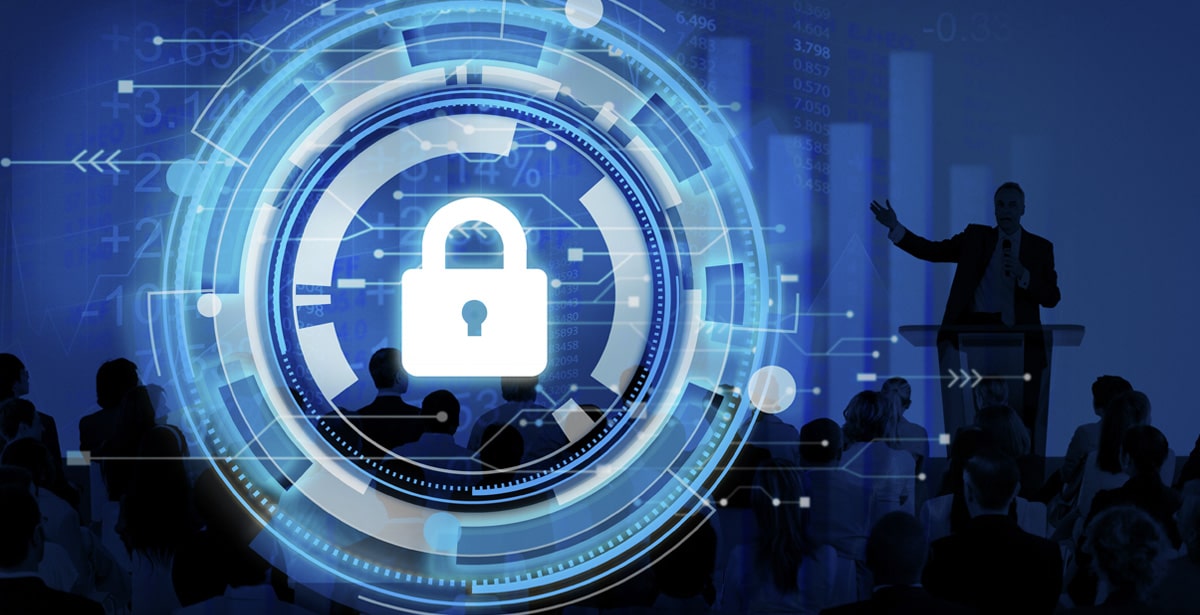
Cybersecurity Management Service Overview
Cybersecurity management refers to the organized and strategic approach an organization takes to protect its information systems, networks, and data from cyber threats and attacks. It involves planning, implementing, and monitoring security measures, policies, and practices to mitigate risks and safeguard the organization’s digital assets. Cybersecurity management encompasses various aspects, including risk assessment, policy development, incident response planning, and ongoing security awareness and training.
Here are the key components and reasons why you should implement cybersecurity management in your enterprise:
Risk Assessment
Cybersecurity management begins with identifying and assessing potential cyber risks and vulnerabilities in your organization's IT infrastructure. This process helps prioritize security efforts and resources where they are most needed.
Security Policies and Procedures
Establishing clear and comprehensive cybersecurity policies and procedures is essential. These documents outline the rules and guidelines for secure use of technology, data handling, access control, and incident response.
Security Awareness
Promoting a culture of cybersecurity awareness among employees is crucial. Regular training and education programs help staff recognize and respond to threats, reducing the likelihood of human error leading to security breaches.
Access Control
Implementing strict access control measures ensures that only authorized personnel have access to sensitive data and systems. This includes user authentication, role-based access, and multi-factor authentication (MFA).
Network Security
Protecting your network infrastructure is a fundamental aspect of cybersecurity management. Firewalls, intrusion detection and prevention systems, and encryption protocols are used to secure data in transit and at rest.
Endpoint Security
Ensuring that all devices connected to the network, including computers, smartphones, and IoT devices, are properly secured is essential. This includes antivirus software, endpoint detection and response (EDR) tools, and regular patch management.
Incident Response
Developing and practicing an incident response plan helps your organization respond effectively when a security breach occurs. This minimizes damage and helps with recovery.
Vendor and Supply Chain Security
If you work with third-party vendors or suppliers, it's important to assess their cybersecurity practices and ensure they meet your security standards.
Compliance
Depending on your industry, there may be legal and regulatory requirements related to cybersecurity (e.g., GDPR, HIPAA). Implementing cybersecurity management helps ensure compliance with these standards and regulations.
Protection of Intellectual Property
For organizations that rely on intellectual property, cybersecurity management is vital to prevent IP theft and protect valuable assets.
Business Continuity
Cybersecurity management is also about ensuring business continuity. Effective security measures help prevent disruptions and minimize downtime in the event of a cyber incident.
Security Monitoring
Continuous monitoring of your IT environment for suspicious activities or anomalies is crucial. Security information and event management (SIEM) systems can help detect and respond to threats in real-time.
Protection of Customer Data
If your organization collects and stores customer data, cybersecurity management is crucial to safeguarding this sensitive information and maintaining customer trust.
In summary, implementing cybersecurity management in your enterprise is essential for proactively addressing cyber threats, protecting your digital assets, complying with regulations, and maintaining the trust of your customers, partners, and stakeholders. It is a strategic approach to minimizing cybersecurity risks and enhancing the resilience of your organization in the face of evolving cyber threats.


